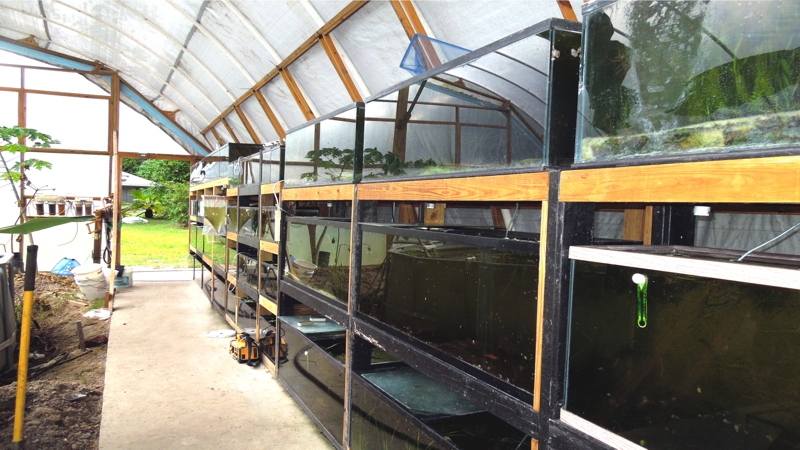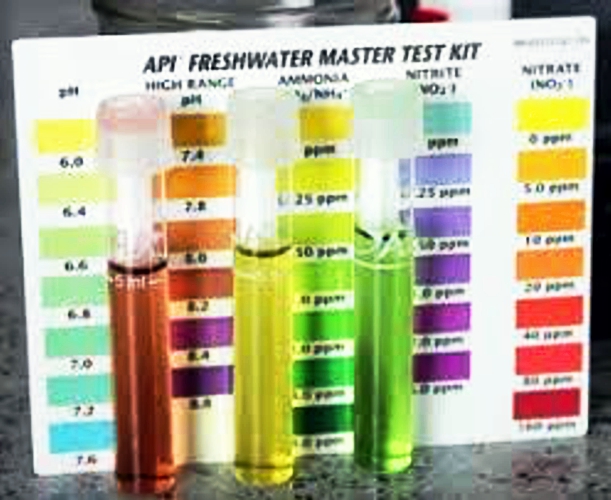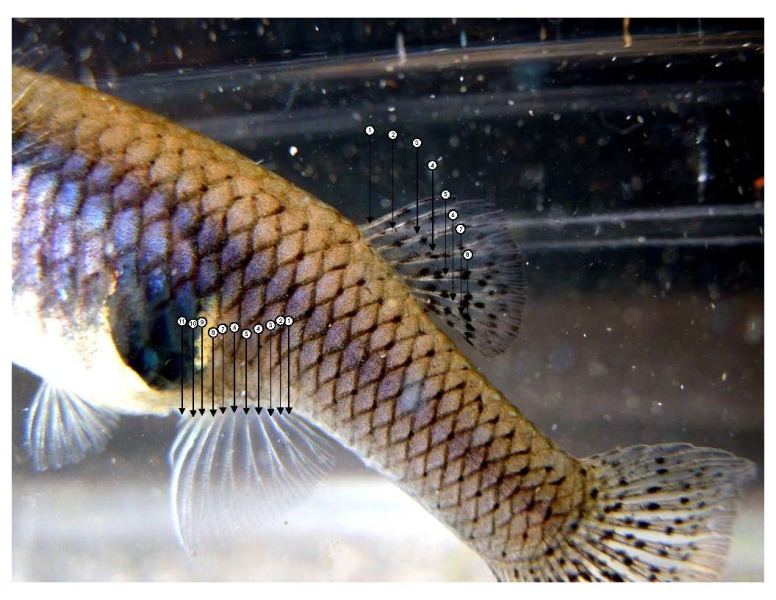Your Fish have been raised in a greenhouse in 55 gallon breeder tanks and the water stays quite warm, 82 – 86 degrees this time of year with the early morning temperatures dipping to 76 degrees. They are accustomed to natural full day length exposure to sunlight and moonlight. The pH is a steady 7.6, the source is unfiltered Florida well water which naturally filters through a limerock aquifer, kH (calcium level) is quite high and no salt added. The TDS measures 390. I raise plants with them, so the tanks have Florida sandy soil as substrate and are heavily planted along with an assortment of invertebrates, scuds, snails, cherry shrimp, daphnia and cyclops are cultured within the same tanks. This lessens aggression between males and provides a constant variety of live food. I would not recommend placing these in a bare spotless tank and they will benefit by having lots of retreat area for the sub dominant males. Be sure to feed your existing tank mates at the same time as introducing them into your aquarium.






